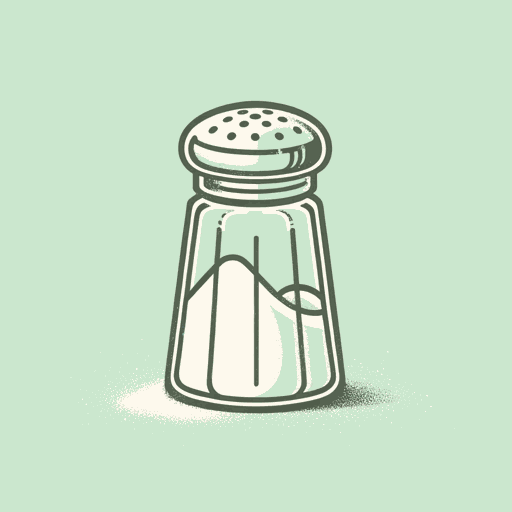51 pages • 1 hour read
Mark KurlanskySalt: A World History
Nonfiction | Book | Adult | Published in 2002A modern alternative to SparkNotes and CliffsNotes, SuperSummary offers high-quality Study Guides with detailed chapter summaries and analysis of major themes, characters, and more.
Part 1: Chapters 4-6Chapter Summaries & Analyses
Part 1: “A Discourse on Salt, Cadavers, and Pungent Sauces”
Part 1, Chapter 4 Summary: “Salt’s Salad Days”
The Roman Empire saw consistent conflict between its patrician upper-class and plebeian underclass. The empire offered lesser forms of salt to plebeians. The government controlled salt prices, and The Punic Wars were largely paid for by an increase in salt taxes.
Italian cities were often built near saltworks. The Via Salaria, the “first great Roman road,” (63) was built to transport salt across the peninsula’s interior, both for commerce and for the military. Rome did not employ new methods of making and collecting salt, but used everything available to them: “The Roman genius was administration—not the originality of the project but the scale of the operation” (64).
The word salad comes from the Romans salting their greens. They were also among the most enthusiastic salters of pork and olives. But fish was the most common foundation of the Roman diet, and salted fish was the core of Roman commerce. When the Punic Wars ended, Rome controlled Sicily, which had extensive, valuable fisheries. Tuna fishing and selling salted tuna were Sicily’s primary businesses.
Salt production centers were usually found near fishing areas. The fish were sold, and their scraps were used to make a fish sauce called garum.


